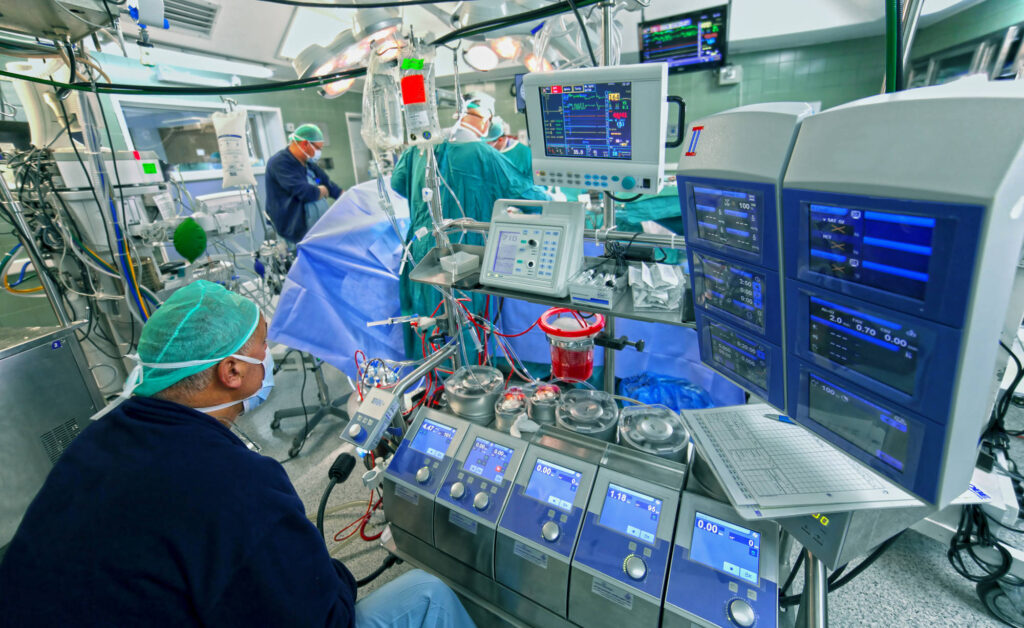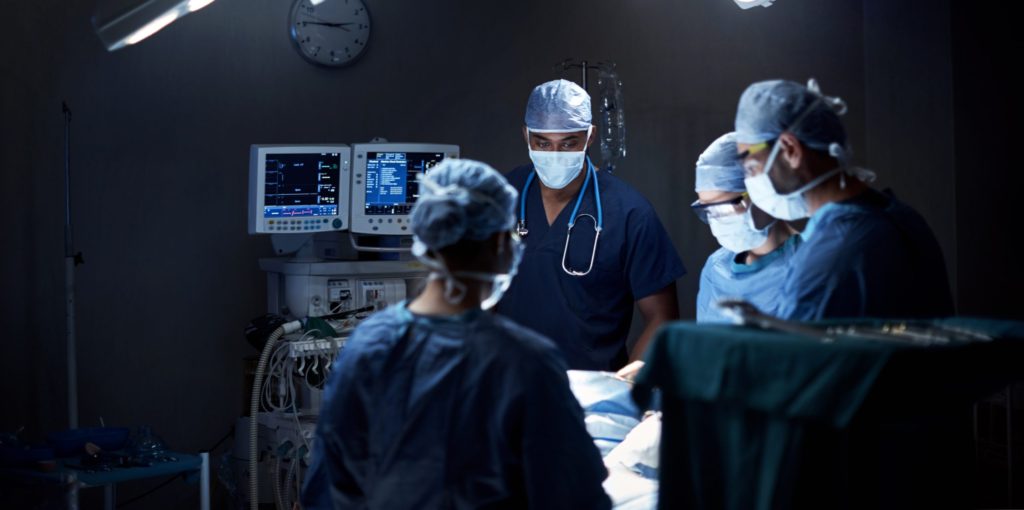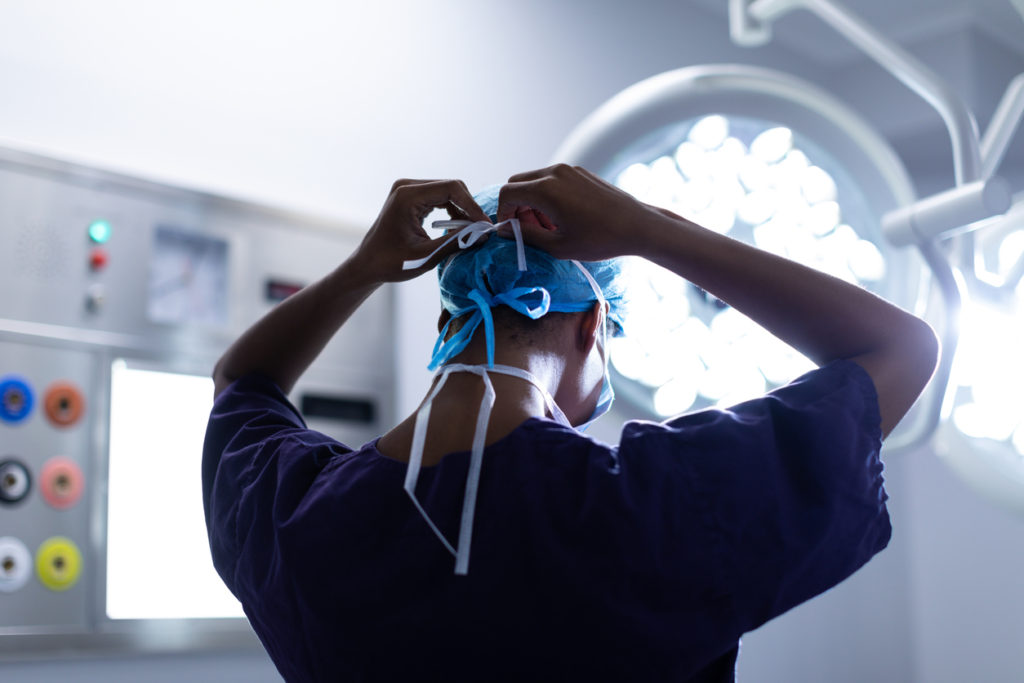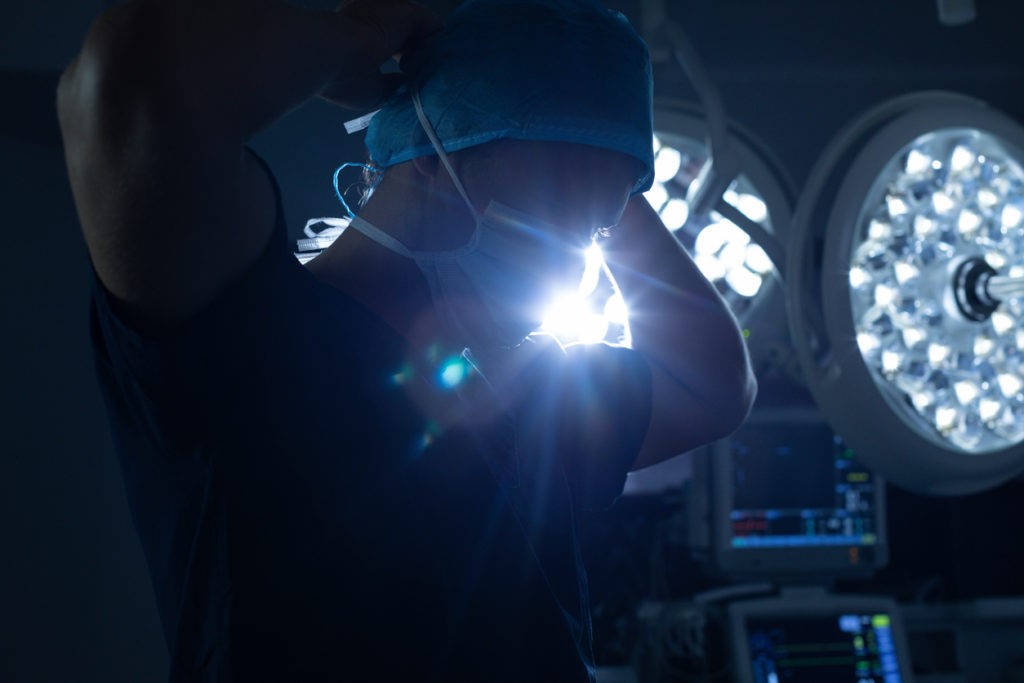The COVID-19 pandemic has given school systems a formidable task: balancing the needs of children and their parents with the imperative to halt the spread of a highly contagious virus. Data has consistently shown that children benefit from in-person school and struggle with virtual substitutes. On the other hand, recent reopenings in other countries have caused resurgences of COVID-19 cases, often precipitated by the return of only a few infected students. School system officials need to handle the decision of whether to return to in-person classes very carefully, as the spread of the virus among minors can result in higher risk of infection for vulnerable people in American society at large.
The motives for a speedy return to in-person schooling are both economic and educational in nature. Parents who work outside the home may find themselves without reliable childcare options, while those working from home can be distracted by young children in need of supervision. In fact, parents with children in school are more likely to have jobs of their own than parents of young children. Among parents with a school-aged youngest child, about 76% of mothers and 90% of fathers are employed [1]. Schools are de facto providers of both mental health services and food for children from low-income families. And, while older children may cope well with distance learning, primary school students tend to find computer learning difficult [2].
While younger school-aged children may have the greatest need for in-person school, reopening primary schools poses unique challenges, since children in this age group tend to struggle with hygiene and physical distancing. Children and teens are less vulnerable to COVID-19 than adults: Americans under 35 years of age constituted less than 1% of COVID-19 deaths [3]. They may even be less likely to transmit the virus. Yet school reopenings affect other people as well — school staff must interact with potentially infected students, and disease in school settings can spread to the community at large [4]. Some countries that experimented with relatively early school reopenings may offer a glimpse at the risks of doing so. An Israeli school, having closed in mid-March, reopened in a limited fashion roughly six weeks later. Stein-Zamir et al. describe the ensuing series of events: ten days after reopening, testing revealed that 153 students and 25 staff were COVID-19 positive, with respective attack rates of 13.2% and 16.6% [3].
This particular instance, while exemplifying risks of reopening, also sheds some light on potential harm reduction methods. Israeli high schools average 29 students per class, and this outbreak may have been linked to a heat wave during which students were permitted to remove face coverings. The study suggests that crowding greatly increases risk, while wearing face coverings may help reduce risk. Vermund and Pitzer suggest such techniques in schools and also stress the importance of teaching in well-ventilated areas, moving classes and activities outside when possible [4]. Some countries have experimented with hybrid models, in which children attend school part-time and learn remotely the rest of the time. Others have reduced crowding by shrinking class sizes. This approach has been particularly effective in Denmark [5].
In short, while it may be impossible to provide the benefits of schooling while completely eradicating the risk of virus transmission in schools, adherence to harm reduction techniques such as mask-wearing and hand-washing may greatly reduce this spread. However, as international examples reveal, COVID-19 can spread quickly in school settings when these techniques are relaxed.
References
[1] Adams, Gina, and Margaret Todd. “Meeting the School-Age Child Care Needs of Working Parents Facing COVID-19 Distance Learning.” Urban Institute, Urban Institute, 24 July 2020, https://www.urban.org/sites/default/files/publication/102621/meeting-the-school-age-child-care-needs-of-working-parents-facing-covid-19-distance-learning.pdf.
[2] KA Dibner, HA Schweingruber, DA Christakis. “Reopening K-12 Schools During the COVID-19 Pandemic: A Report From the National Academies of Sciences, Engineering, and Medicine.” JAMA, 29 July 2020, doi:10.1001/jama.2020.14745. [3] Chen Stein-Zamir, Nitza Abraham, Hanna Shoob, Erez Libal, Menachem Bitan, Tanya Cardash, Refael Cayal, Ian Miskin. “A large COVID-19 outbreak in a high school 10 days after schools’ reopening, Israel, May 2020.” Eurosurveillance, Volume 25, Issue 29, doi:10.2807/1560-7917.ES.2020.25.29.2001352.
[4] Sten H Vermund, Virginia E Pitzer. “Asymptomatic transmission and the infection fatality risk for COVID-19: Implications for school reopening” Clinical Infectious Diseases, Oxford University Press, 25 June 2020, doi:10.1093/cid/ciaa855.
[5] Jennifer Couzin-Frankel, Gretchen Vogel. “School Openings across Globe Suggest Ways to Keep Coronavirus at Bay, despite Outbreaks.” Science, Science Magazine, 10 July 2020, https://www.sciencemag.org/news/2020/07/school-openings-across-globe-suggest-ways-keep-coronavirus-bay-despite-outbreaks.









